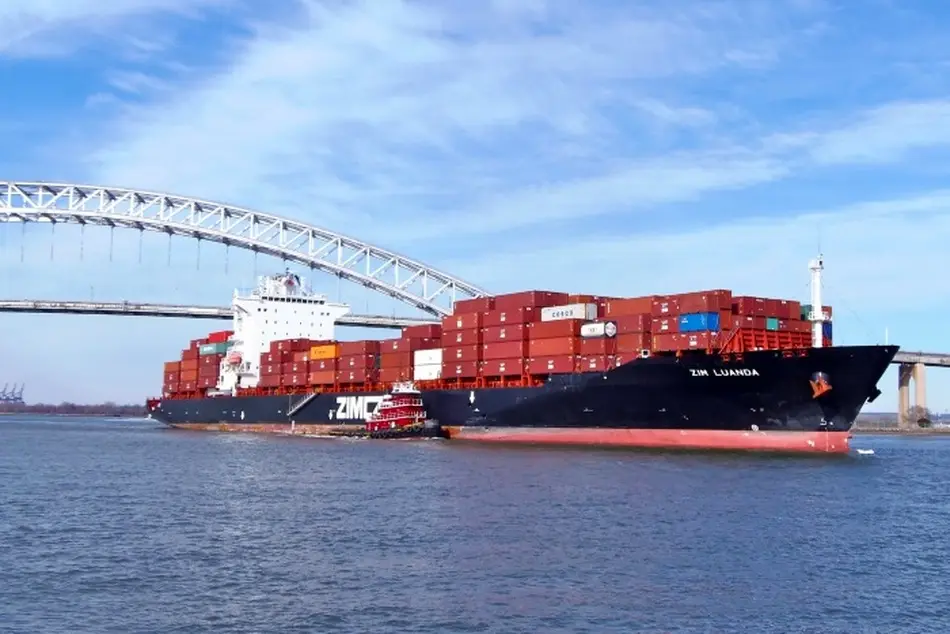Shipping could benefit from increased world trade between East and West

TIN news: China’s Belt and Road Initiative is slowly taking shape, as was evidenced over the course of the past few days. However, exactly how will shipping benefit from this colossal project is still a bit hazy, although most analysts would argue that the potential is there. In its latest weekly report, Allied Shipbroking discussed the developments surrounding the Belt and Road summit, which was held over the previous days, as Xi Jinping welcomed 28 heads of state and government in Beijing, “as he sought to further promote his most ambitious foreign policy under the banner of the “belt and road” initiative”. According to Allied, “with roughly US$ 150bn spending in investment per year in over 68 countries, there is a whole lot riding on this scheme for both China as well as all its participating partners. However, behind the scenes there is a lot of skepticism and mistrust by the West with regards to the broader motivations that China hides behind the scenes”.
According to Allied’s George Lazaridis, Head of Market Research & Asset Valuations , “a part of this weekend’s forum was for President Xi Jinping to ease concerns as well as to further enhance ties between the linking countries. China has sought out to properly take up the opportunities that have been left behind by the U.S. retreat from the Transpacific Partnership, while always trying to refrain from looking like it wants to take up a leading role in the region as a political power through its economic might. In an effort to smooth out concerns and regional objections it announced a further funding commitment of around US$ 84bn, while also announcing the creation of a China-Russia Regional Co-operation Development Investment Fund to promote links between China’s north and Russia’s far east”.
At the same time, Lazaridis noted that “China’s recent agreement with the U.S. to take action by mid-July to increase access for U.S. financial firms and expand access for certain U.S. agricultural products has helped to ease tensions between the two nations, while also pulling back concerns that U.S. President Trump would go through with his pre-election campaign promises with regards to increasing trade barriers with China. All this does help boost prospects for the whole of the Asian region, with the close trading ties and stronger trade flow likely to help boost economic growth not just for China but for the majority of the 68 countries that have signed up”.
Allied’s analyst added that “furthermore, it looks as though interdependence of emerging markets to the U.S. and Europe is starting to slightly wain, with a better intra-regional trade allowing a greater portion of their export-oriented growth to be sourced by countries outside the OECD group. This impart makes for a more robust global economic growth as the whole international trade balancing act is reliant on more individual nations rather than just the few more developed countries, which in effect meant that the whole system was more prone to severe shocks. The deeper question however that still holds, is by when do we expect to see some sort of fruits bearing from this whole endeavor? The answer is slightly more complicated, especially when given the fact that a whole lot of politics is also heavily involved and a general sense of mistrust is still to be tackled. It does however help boost the overall fundamentals and with such figures being spent on infrastructure that will essentially be used in its majority to further boost trade, we should start to see a more promising picture for the future of trade slowly emerge”.



